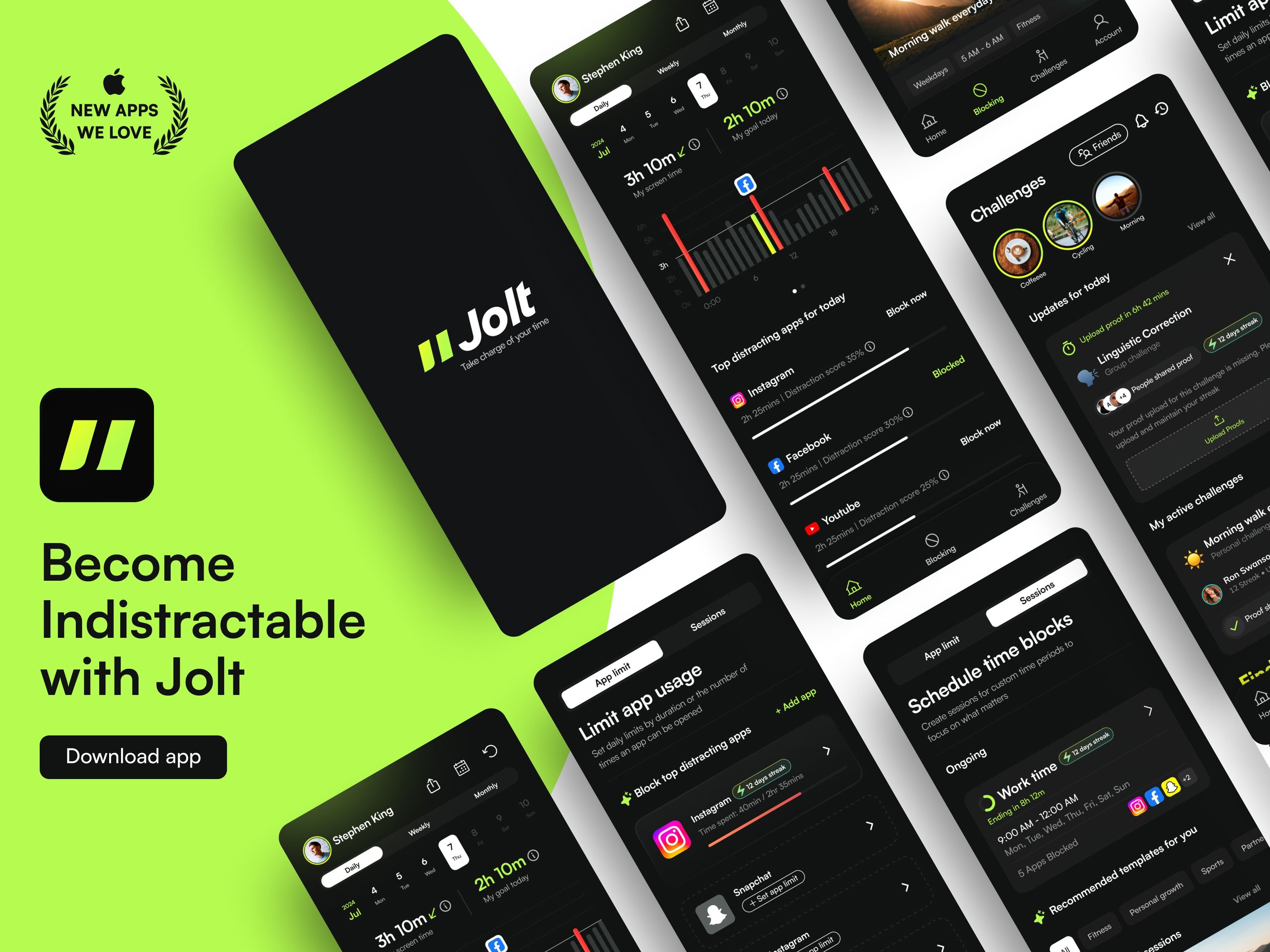
Managing time effectively can be a challenge for anyone, but for individuals with ADHD, traditional methods like the Pomodoro Technique often fall short. The Pomodoro Technique, which involves working in focused 25-minute intervals followed by short breaks, has gained popularity for boosting dose pomodoro work for ADHD productivity. However, ADHD brains often thrive on flexibility, novelty, and understanding rather than rigid schedules.
In this article, we explore alternative, ADHD-friendly time management strategies that move beyond Pomodoro, focusing on methods that cater to the unique needs of those with ADHD, helping you stay organized, motivated, and productive.
Understanding the ADHD Brain and Time Management Challenges
Before diving into strategies, it’s essential to understand why traditional time management methods may not work well for ADHD.
Key Challenges:
- Difficulty maintaining focus: Tasks can feel overwhelming or boring, leading to procrastination.
- Time blindness: Struggling to estimate how long tasks take.
- Impulsivity: Jumping between tasks or becoming distracted.
- Hyperfocus: Losing track of time when intensely focused on particular activities.
- Executive function deficits: Challenges with planning, prioritizing, and organizing.
Recognizing these challenges allows us to tailor strategies that align with the ADHD brain’s strengths and needs.
Limitations of the Pomodoro Technique for ADHD
While Pomodoro can be effective for some, it has limitations for many with ADHD:
- Rigidity: Fixed time intervals may feel restrictive.
- Interruptions: Breaking focus might disrupt hyperfocus or flow states.
- Break management: Short breaks may not be enough to reset, or may be too disruptive.
- Difficulty tracking time: Counting intervals can be confusing or lead to frustration.
Therefore, alternative methods are necessary—methods that incorporate flexibility, engagement, and understanding of attention patterns.
ADHD-Friendly Time Management Strategies That Actually Work
1. Time Blocking with Flexibility
Instead of rigid schedules, use fluid time blocks. Allocate chunks of time for specific activities but allow flexibility to adjust as needed.
Implementation Tips:
- Use visual calendars (digital or paper) to mark broad time blocks.
- Include buffer periods for breaks, transitions, or unexpected tasks.
- Focus on intentionality rather than precision—prioritize what’s most important.
Benefits:
- Reduces decision fatigue.
- Allows spontaneity and movement.
- Encourages a sense of control.
2. Task Bundling (Batching Similar Tasks)
Combine similar tasks into a single session to minimize context switching.
Example:
- Respond to all emails in one dedicated time block.
- Make multiple phone calls back-to-back.
Advantages:
- Decreases mental load.
- Helps sustain focus.
- Creates natural stopping points.
3. Use of External Cues and Triggers
External cues can serve as prompts to start or stop tasks.
Examples:
- Visual timers or alarms.
- Sticky notes as reminders.
- Environmental cues like moving to a designated workspace.
Why it works:
- Supports transition between tasks.
- Compensates for time blindness.
4. The 2-Minute Rule and Micro-Tasks
Break tasks into tiny, manageable steps that take two minutes or less.
How to Apply:
- Instead of tackling “clean the house,” do “put away one dish.”
- Use micro-tasks to build momentum and reduce overwhelm.
Outcome:
- Overcomes procrastination.
- Provides quick wins to boost motivation.
5. The Seinfeld Method (Don’t Break the Chain)
Build a streak of daily habits or tasks to encourage consistency.
How it works:
- Mark each day you complete a task on a calendar.
- Aim to maintain the chain.
Benefits:
- Creates visual motivation.
- Reinforces routine without strict scheduling.
6. Engagement and Gamification
Turn tasks into games or challenges to boost motivation.
Strategies:
- Use apps that reward task completion.
- Set timers for “sprints” with rewards.
- Track progress visually.
Why it helps:
- Increases dopamine release.
- Makes mundane tasks more engaging.
7. Prioritization Frameworks
Use simple prioritization tools to decide what to focus on.
Popular frameworks:
- Eisenhower Matrix: Urgent vs. important.
- MITs (Most Important Tasks): Focus on 1-3 critical tasks daily.
- ABC prioritization: Assign A, B, C labels to tasks.
Impact:
- Clarifies focus.
- Prevents feeling overwhelmed.
8. Scheduled Unscheduled Time
Allow periods of unstructured time to reset and accommodate hyperfocus or boredom.
Implementation:
- Block “free time” in your schedule.
- Use it for rest, creativity, or spontaneous activities.
Benefits:
- Prevents burnout.
- Supports natural attention cycles.
Practical Tips for Success
- Use Visual Tools: Whiteboards, calendars, or apps with visual cues.
- Set Realistic Goals: Break tasks into achievable steps.
- Celebrate Small Wins: Reinforce positive behavior.
- Adjust as Needed: Regularly review and tweak your system.
- Seek Support: Accountability partners or coaches can help.
Conclusion
While the Pomodoro Technique has its merits, it doesn’t suit everyone—especially those with best productivity methods for ADHD. The key is to find and customize strategies that align with your attention patterns, preferences, and lifestyle. Flexibility, external cues, micro-tasking, and gamification are powerful tools in your ADHD-friendly time management arsenal.
Remember, managing time effectively is an ongoing process. Be patient, experiment with different methods, and celebrate your progress along the way. With the right approach, you can harness your unique strengths and turn time management from a challenge into an empowering skill.
Get In Touch:
Name: JOLT APP
Address: HB Twin Tower, Netaji Subhash Place, New Delhi, 110034
Website: https://www.thejoltapp.com/